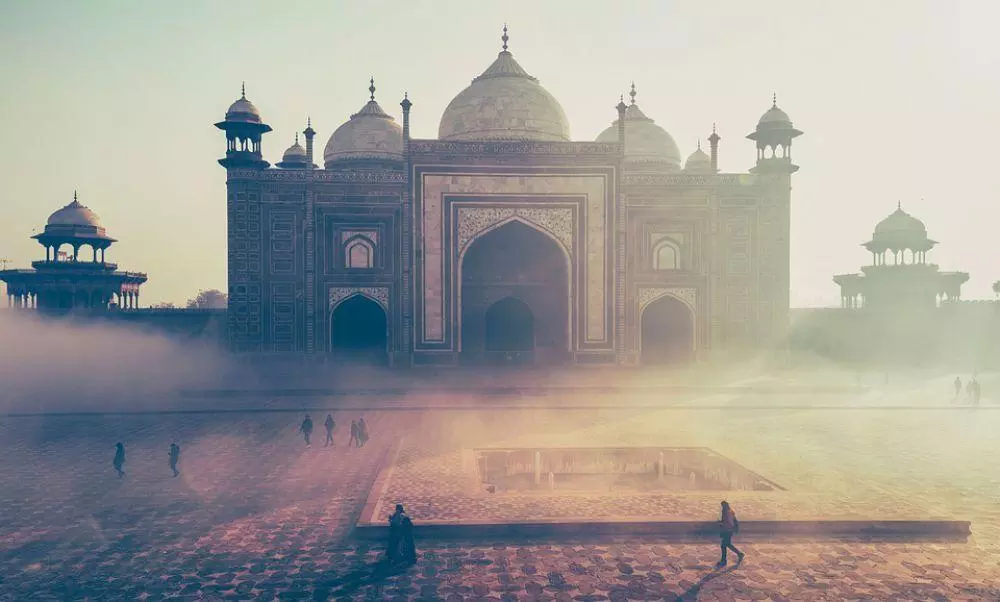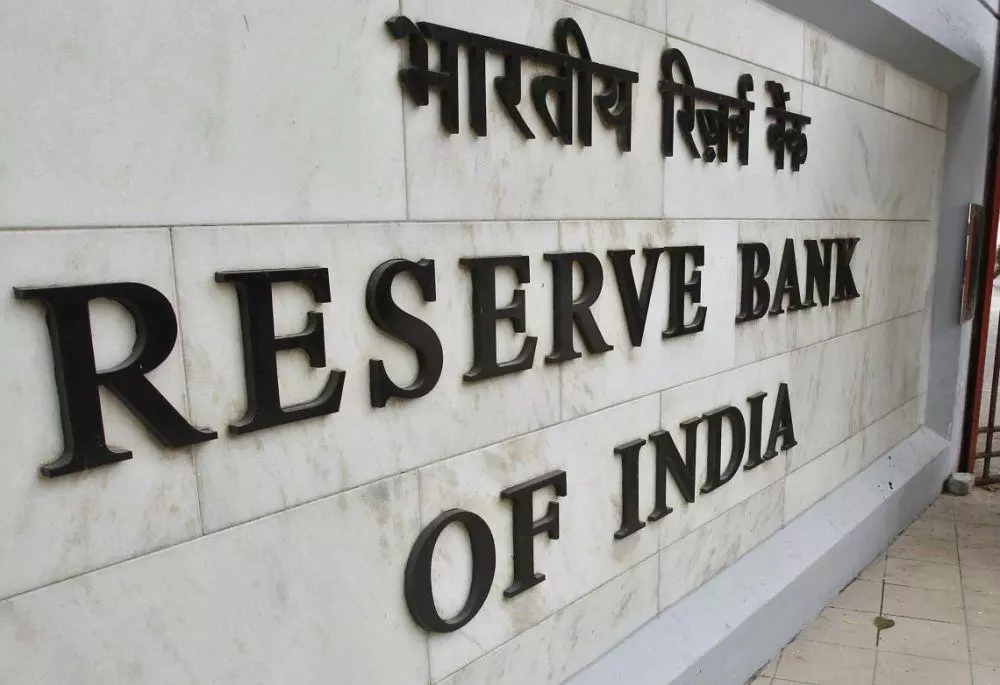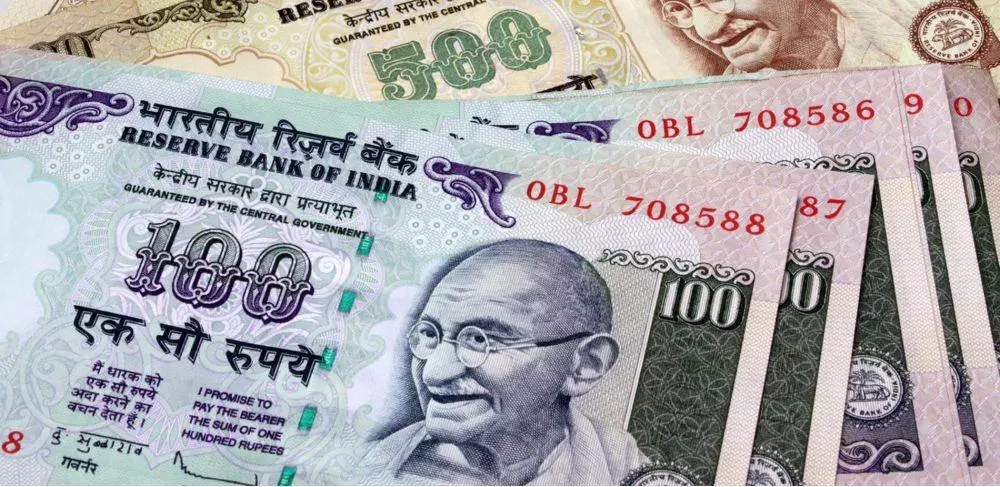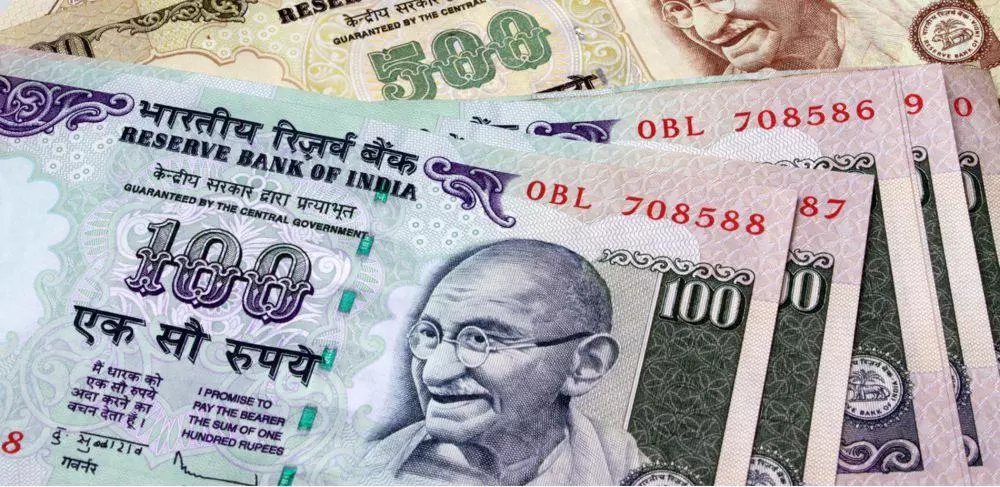Indian Economy Grows at a Slow Rate

As per its latest annual report, the bank expects GVA growth for 2017-18 to be at 7.3%, an acceleration from the previous year. With the Q1, 2017-18 growth number coming in at a mere 5.6%, staying flat from the previous quarter, the remaining three quarters are expected to achieve the herculean feat of carrying an average 8% growth.
The Indian economy has been able to achieve growth north of 8% only in three quarters in the past five years or 20 quarters indicates the scale of the challenge. It is true that there are some factors that could swing India’s growth positively, foremost among which is the robust monsoon season, which bodes well for the Kharif crop as also provides some relief on the level in reservoirs, that can be used for irrigation subsequently.
The optimism with respect to monsoons, is however dampened if we look at the trends for area under the Kharif crop. So far, sowing has lagged behind that during last year. Assuming that no dramatic productivity improvements have taken place in the last one year, the production per hectare will remain unchanged, which in turn indicates that agriculture production will remain relatively unchanged from last year. Added to this is the possibility of crop failure due to heavy recent rains in west India.
The Recovery is Going to Take Longer

The Reserve Bank of India also points to a potential improvement in consumption expenditure on account of a number of factors. For one, it expects cash transactions to be in full swing over the course of the year as remonetisation is complete. With growth at 7.6% in the 4 quarters prior to demonetisation, this factor alone is unlikely to bring growth back up to 8% or more. A low base effect for Q4, 2017-18, could however impact it positively.
Two, it expects consumption expenditure to see an increase on the kicking in of the 7th pay commission. However, the impact here is likely to be minimal, since it will only impact urban demand and that too for only public sector employees.
Third, the bank expects recovery in investment demand to be impacted by lower interest rates. So far, real sustained recovery in investment is yet to be witnessed, and the question of investment recovery rests on capacity utilisation improvement in manufacturing companies as well as better corporate health. RBI numbers on both these counts themselves show, that these are not imminent in the near future.
Structural Changes are Necessary

An improvement in external demand is also pointed out by the bank as reason for optimism. While growth is indeed improving, especially with the US’s latest growth numbers surprising to the upside, real impact is still weak.
While exports’ growth has turned positive since September 2016, it has been weakening in the recent months. With protectionist policies in the US, the EU and UK caught in a tussle, lowering chances of trade pacts with either, the prospects for a steep recovery on this count look questionable. This is even more so, since foreign direct investment (FDI) inflows for Q1, 2017-18 have weakened, and at this rate, are unlikely to surpass last year’s performance of over USD 60bn.
Hence, RBI’s optimism on growth appears more on count of hope than concrete reality. On the other hand, the downsides are as real as it comes. Consider the disappointing industrial sector, which is showing no signs of recovery. Even if it improves in the coming quarter, a sharp improvement is not going to happen. The question of the twin balance sheet problem is one that policy makers and bankers have been grappling with for a few years. There seems to be nothing to suggest a quick turn around. Which begs the question – What is RBI basing its optimism on?









Leave your comments
Post comment as a guest